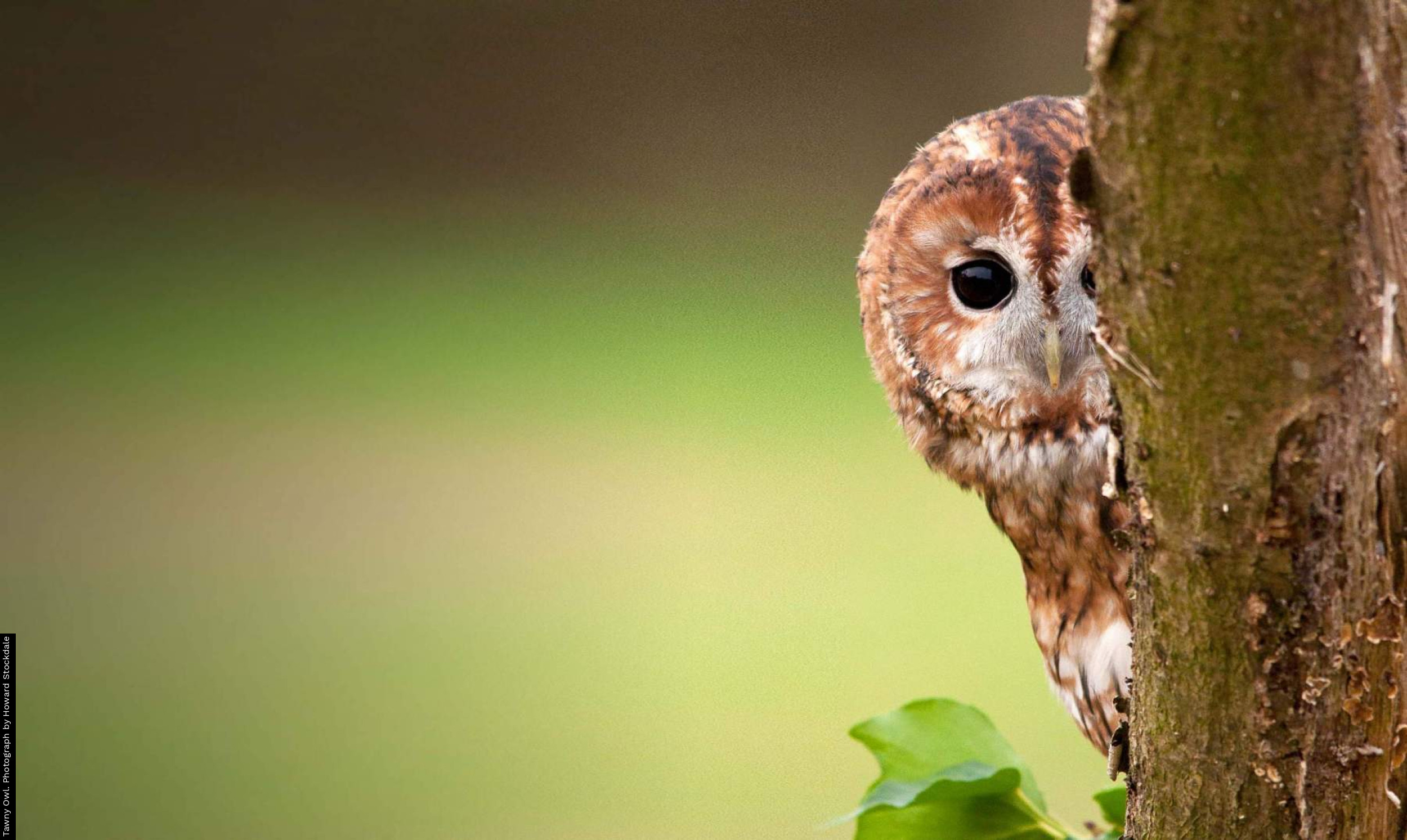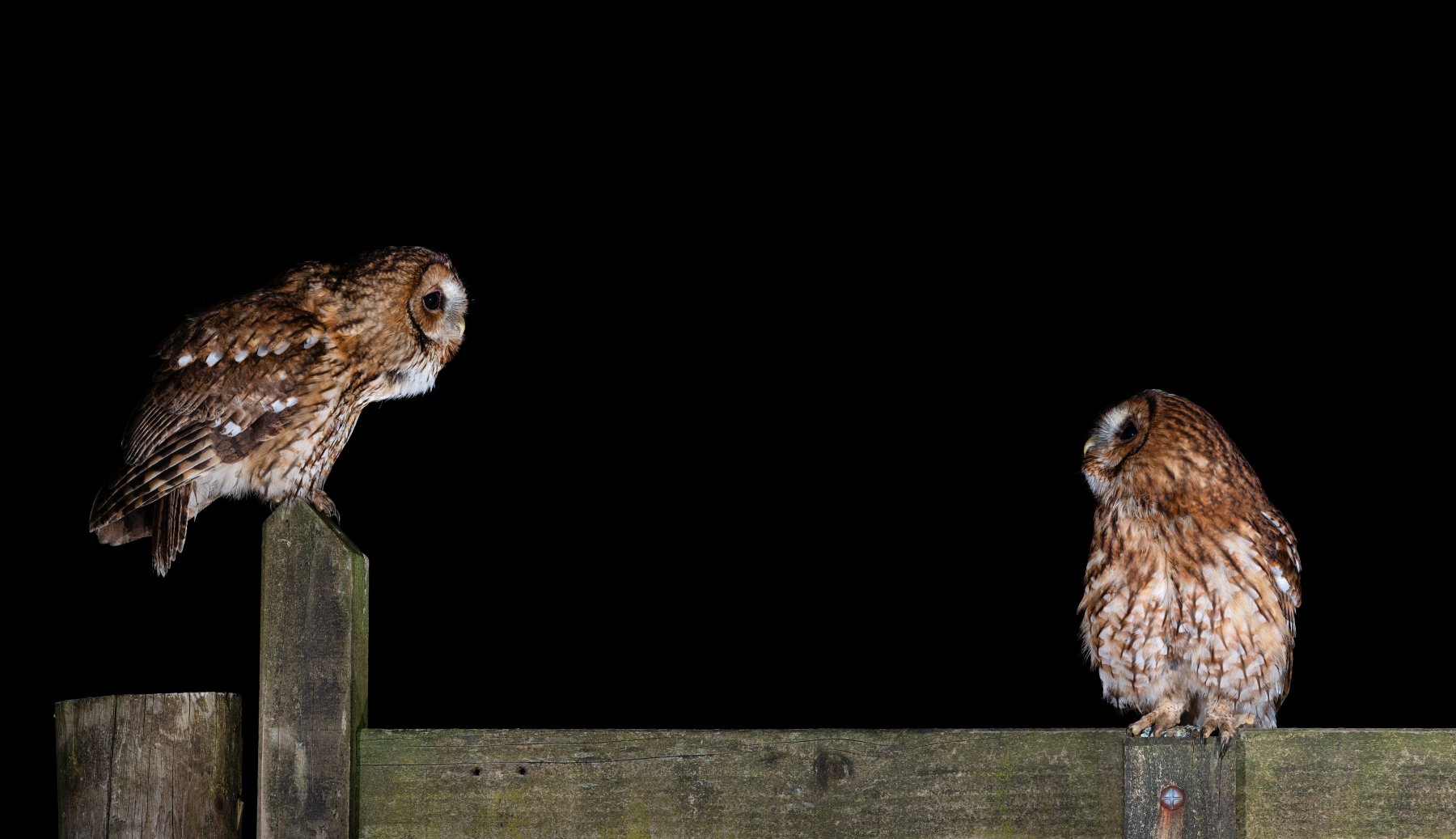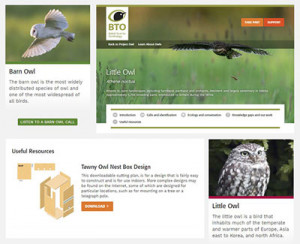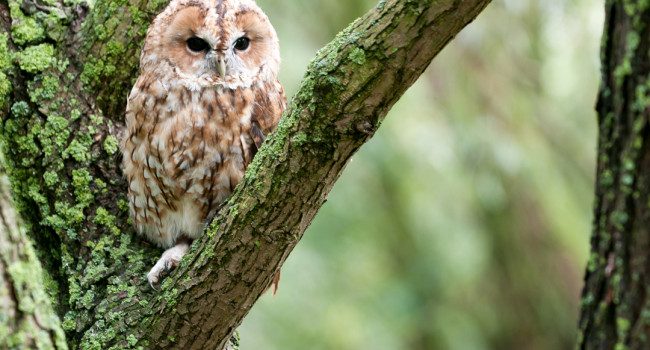Project Owl
With your help, we set out to learn more about owls in this country.
Project Owl was a set of interrelated research and associated engagement activities on our nation’s owls primarily during 2018 and 2019 with some aspects ongoing. Over 11,000 volunteers took part in our citizen science surveys.
Read a scientific paper on the results of the BTO Tawny Owl Calling Survey.
The Tawny Owl Calling Survey - COMPLETED MARCH 2019
Thank you to everyone who took part in this survey! Volunteers across England, Scotland and Wales took part in this survey to help us increase our understanding of Tawny Owl calling behaviour and occupancy as well as changes since a similar survey in 2005/06. It was an easy to take part in with volunteers simply listening out for Tawny Owls for 20 minutes each week, from 30 September 2018 to 30 March 2019, from their garden, local park or woodland. People could even listen whilst lying in bed with the window open! Although the aim was to do as many weeks as possible volunteers could do as many or as few weeks as they were able and still contribute valuable data.
Learn About Owls and Demographic Monitoring Best Practice
Don't worry if you're not confident in identifying owl calls or want to learn more. We've got some great information pages on owls, which provide you with all the information you will need.
We also included demographic monitoring best practice guidance for bird ringers and nest recorders for box using owls in the learn about owls species accounts.
The Tawny Owl Point Survey - COMPLETED AUTUMN 2018
Thank you to everyone who took part in the Point Survey! This survey involved volunteers visiting random preselected tetrads. The survey was carried out during autumn 2018 and is currently undergoing analysis. Some provisional results from this survey can be viewed here and we hope to release more complete results in the near future.
Short-eared Owl Tracking Project - ONGOING RESEARCH
The BTO’s Short-eared Owl tracking project aims to find out more about their fine-scale habitat requirements in order to provide advice on how best to create and maintain suitable conditions. We also aim to better understand how factors such as prey, predators and competitors influence how they use otherwise apparently-suitable habitats. Given their nomadism, we need to know more about their migration strategies, connectivity between apparent populations, and to better understand how they find often variable and patchy resources.
By carrying out this research we will be able to provide guidance to policy-makers and land managers which will help to secure the future for Short-eared Owls and the environments they inhabit. This exciting research is ongoing so please visit the Short-eared Owl tracking pages to learn more.
Long-eared Owls - RECORDS ALWAYS WANTED!
Sadly we are not carrying out a dedicated Long-eared Owl survey at this time but we do encourage the submission of all records to BirdTrack and/or your county bird recorder especially of breeding season records for inclusion in the UK Rare Breeding Birds Panel (RBBP) report to help us better understand these mysterious and underrecorded birds. We hope to carry out dedicated research in the future.
Check the Project Owl About page to learn more about Project Owl's background.
You can also help by donating to our owl appeal, which will greatly help us in organising this body of research.








Share this page